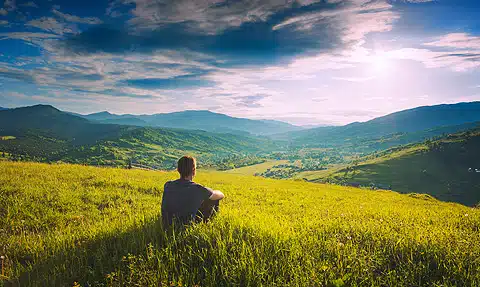 While peeling away the many layers of the year 2024 to make room for what I want to co-create in the future, I am experiencing the need to rest more and to spend time contemplating. On the other hand, seeing the ecological disasters around the world has me very engage with planting trees and with teaching how to become a conscious activist.
While peeling away the many layers of the year 2024 to make room for what I want to co-create in the future, I am experiencing the need to rest more and to spend time contemplating. On the other hand, seeing the ecological disasters around the world has me very engage with planting trees and with teaching how to become a conscious activist.
These are two contrasting examples of what moves me today, and they got me thinking about the Hierarchy of Needs developed by the American psychologist Abraham Maslow, who first presented this idea in 1943 in a paper called “A Theory of Human Motivation”.
Now, to help you reflect on what are the needs you are trying to fulfilled and what ignites your enthusiasm, I describe Maslow’s Hierarchy of Needs here:
-
- Physiological Needs ~ these are the foundations for survival such as breath, food, water, sleep and shelter. These needs must be met before individuals can focus on higher-level pursuits. For instance, a person facing hunger or homelessness will prioritize obtaining nourishment and shelter over intellectual or emotional growth.
-
- Safety Needs ~ this level encompasses both physical and psychological safety, such as protection from harm, health, financial stability, a relatively stable society without war, and, nowadays, safe from climate change disasters.
-
- Love and Belonging ~ The focus here is on interpersonal relationships and social connections. Humans are inherently social beings, and the need for love, friendship, and a sense of belonging plays a pivotal role in emotional health. Family bonds, friendships, and romantic partnerships provide support, companionship, and validation.
-
- Esteem Needs ~ These relate to self-respect, recognition, and achievement and are twofold: the desire for status and recognition from others, and the self-assurance, competence, and independence coming from within. Meeting esteem needs fosters confidence and a sense of accomplishment, enabling individuals to strive for greater goals.
-
- Self-Actualization ~ At the apex of this model lies self-actualization, the process of realizing one’s potential and pursuing personal growth. Maslow described self-actualization as the desire to become “everything one is capable of becoming.” This level is highly individualized and can manifest in various ways, such as artistic expression, leadership, or a commitment to societal contributions.
-
- Self-transcendence ~ It was at a later time that Maslow added the motivation to mature beyond the personal. Self-transcendence is the human need to experience higher states of consciousness like flow states, peak experiences, and mystical experiences, all of which involve feeling increasingly less identified with individualistic needs and more identified with the necessities of other people, the world around, and a higher cause.
Maslow’s Hierarchy of Needs is often portrayed in the shape of a pyramid, with the physiological needs at the bottom, and the need for self-actualization and transcendence at the top. However, Maslow himself was not responsible for this iconic representation which seems to suggests a rigid boundary in between the levels.
If there would be an inflexible line amid the levels, it would mean that you would have to satisfy all your physiological needs before you could take care of your safety or that you would have to work on your self-esteem before you could aspire to peak or transcendental experiences.
Though Maslow didn’t imply such inflexibility, he still recognized that human potential flourishes when foundational needs (physiological, safety, and belonging) are met. According to his thinking, it is more natural to seek knowledge and recognition if you don’t have to worry about where your next meal or your next paycheck is going to come from.
While this can feel like sound judgement, in real life there is measureless overlapping among the various levels of needs. In my own experience, when I was young and feeling most insecure, I searched for my tribe (love and belonging) and, at the same time, I had an intrinsic motivation for the transcendental.
Also, we could argue that indigenous societies focus more on the community and cultural continuity rather than the solo individual’s development. They rely more in their interpersonal connections to meet their needs. Thus, there are cultural differences when it is time to view human motivations and needs—which are not separated from the availability of resources in each geopolitical region.
While Maslow’s model may not capture every nuance of human experience, the Hierarchy of Needs has been a foundational lens through which to view human motivation and development. Nevertheless, it has left room for more sophisticated perspectives that include other needs like the need for beauty and aesthetic which for me is very important. I find great motivation and delight in creating charming spaces at Los Lobos Sanctuary where Alberto and I spend the Chilean summer offering training programs.
Also, nowadays, it is really difficult to function in the modern world without a smart phone and often, a computer. Paying bills, buying a transport tickets, making reservations to a restaurant, meeting with people, etc… It is in great part digital, and we can feel truly paralyzed without having the technology.
These examples give us a sense of the complexity and fluidity of the human needs and motivation. Now, please share: what are your most present needs or what motivates you to do what you do?
Marcela Lobos
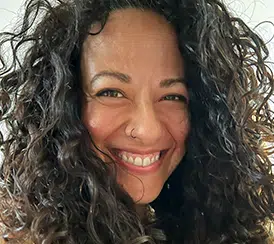
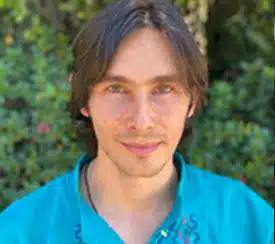
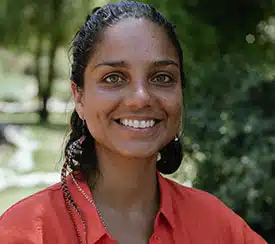
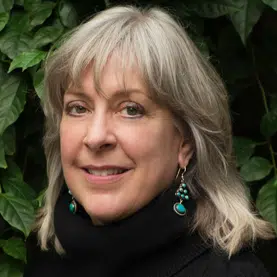

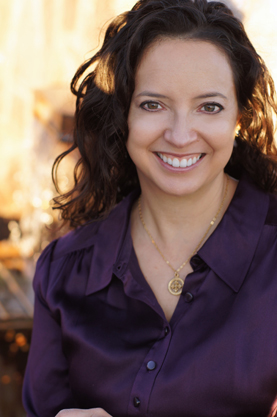

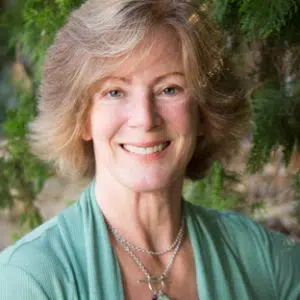
 While peeling away the many layers of the year 2024 to make room for what I want to co-create in the future, I am experiencing the need to rest more and to spend time contemplating. On the other hand, seeing the ecological disasters around the world has me very engage with planting trees and with teaching how to become a conscious activist.
While peeling away the many layers of the year 2024 to make room for what I want to co-create in the future, I am experiencing the need to rest more and to spend time contemplating. On the other hand, seeing the ecological disasters around the world has me very engage with planting trees and with teaching how to become a conscious activist.